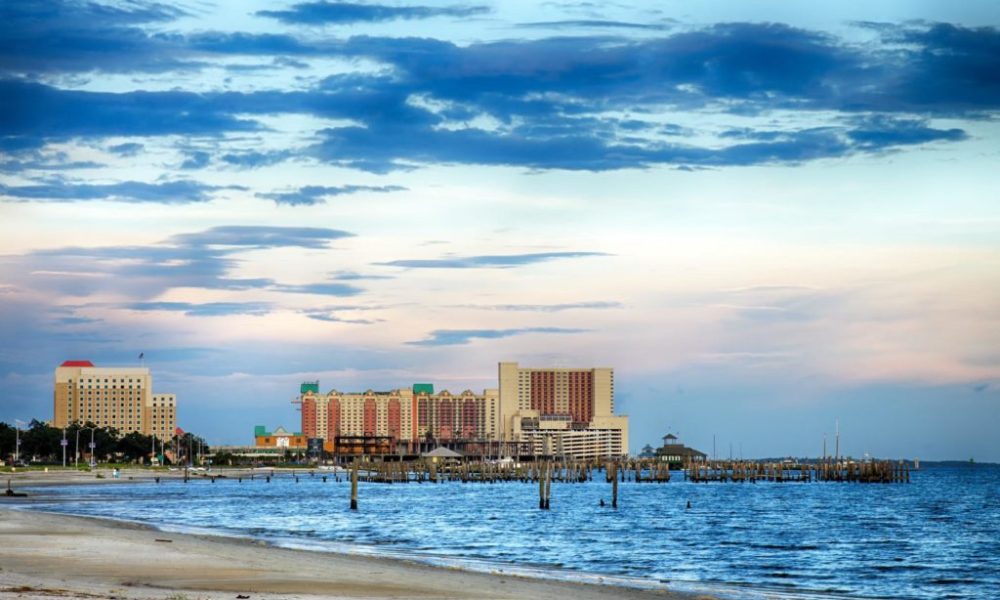Despite lingering effects of the COVID-19 pandemic, the continued presence of illegal betting markets, and recent staffing and supply chain issues, the gaming industry is thriving.
The American Gaming Association Wednesday held its State of the Industry webinar, and the results are mind-boggling. Commercial gaming revenue reached $60.4 billion in 2022, a year-over-year increase of 13.9%.
“Our industry’s comeback (in 2021) was fueled by pent-up demand that set a high bar for 2022,” said AGA President and CEO Bill Miller during the webinar. “And frankly, some folks thought we couldn’t replicate those results. We didn’t. We exceeded them – 2022 was a phenomenal year.”
“That growth (of 13.9%) is almost the equivalent of adding another Las Vegas Strip to the gaming market,” said AGA Vice President, Research David Forman.
Every gaming vertical — slot games ($39.2 billion, up 5.1%), table games ($10.0 billion, up 13.9%), sports betting $7.5 billion, up 72.7%), and igaming (5.02 billion, up 35%) – experienced significant growth.
Miller added that when revenue from Tribal revenue is reported later this year, total revenue is likely to exceed $100 billion.
“What’s more impressive is we did this while international visitation, business travel, and conventions were still recovering,” Miller said.
Miller noted that consumer demand for gaming has been “resilient.” He also pointed out that the average age of American adults visiting casinos is now 42.4 years, compared to 43.6 in 2021 and 49.6 in 2019.
“We’ve expanded our demographic appeal coming out of the pandemic,” Miller said. “Younger customers are increasingly making in-person and online gaming one of their first-choice entertainment options.”
The revenue figures benefited from the addition of new markets in Nebraska and Virginia, resulting in 469 brick-and-mortar casinos across 27 states.
The continued expansion of legal sports betting across the U.S. also boosted gaming revenue. Last year 26 states and the District of Columbia offered legal commercial sports betting, with Ohio joining in on January 1, 2023 and other states, notably Texas, considering various permutations.
“Sports betting revenue was also helped by a hold percentage that has steadily increased from 6.9 percent in 2019 to 7.5% in 2021,” Forman said. “It reached nearly 8.1 percent last year.”
Other notable items from the AGA report:
- Of the 35 jurisdictions where sports betting is legal, 32 saw increases in gaming revenue and 29 set new record totals. This includes the new Nebraska market, and Arizona, Connecticut, Virginia and Wyoming which were reporting a full year of revenue for the first time.
- The Las Vegas Strip remains the top commercial gaming market, raking in $8.2 billion in revenue, a 17% year-over-year increase. Atlantic City ($2.8 billion, plus 8.5%), Baltimore/Washington D.C. ($2.2 billion, up 8.7%), Chicagoland ($2.1 billion, up 6.1%) and Mississippi’s Gulf Coast ($1.6 billion, a slight decrease of -0.5%), round out the top five.
- In its first year of legal sports betting, New York topped all other commercial jurisdictions. The Empire State generated $1.3 billion in sports betting revenue, followed by Illinois ($795 million), New Jersey ($763 million), Pennsylvania ($597 million) and Virginia ($481 million). Nevada, the only state to offer legal sports betting prior to the repeal of the Professional and Amateur Sports Protection Act in 2018, ranked sixth with $447 million in sports betting revenue.
While the results indicate the gaming industry is healthy, there are areas of concern. Illegal and unregulated markets are still thriving in some areas of the country are the “single biggest threat our industry faces,” Miller said.
“Last year we took an important step to paint a real target on the size and scale of the illegal market,” Miller added. “Americans bet more than half a trillion dollars with illegal offshore sportsbooks, casinos, bookies, and unregulated machines. This comes at the cost of $44 billion to the legal regulated businesses and deprives communities of more than $13 billion in tax revenue. With nearly half of the gambling in the U.S. happening illegally, it presents a significant threat to the progress the regulated industry makes on responsible gaming and problem gambling, age verification, and AML compliance.”
Miller admitted that there still some minor concerns about the supply chain and staffing issues that dogged the industry in the wake of the pandemic.
“If we were doing this call last year, I would say that labor shortages and supply chains are the two things that jump out in terms of things that CEOs in our industry are most concerned about,” Miller said. “I think that things on the supply chain have mostly been eradicated. But I think the labor shortage continues to be a real issue, not just in our industry specifically, but the travel and leisure space more generally.”
The gaming industry’s expansion has brought more scrutiny from the mainstream press. Notably, a series of articles in the New York Times in November 2022 brought new attention to sports betting, problem gambling, and other issues.
Miller said he disagreed with some of the Times’ reporting that he thought was “pre-baked.” Noting that the U.S. gaming industry has grown from one to 37 legal markets “by and large without incident,” Miller says he stands by its accomplishments.
“We’ve gotten it right so far,” Miller said, “notwithstanding some of the people who are critical of the industry writ large and/or critical of the fact that sports betting is now legal.”




